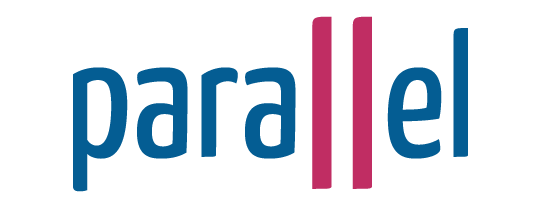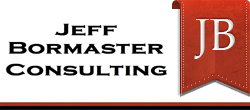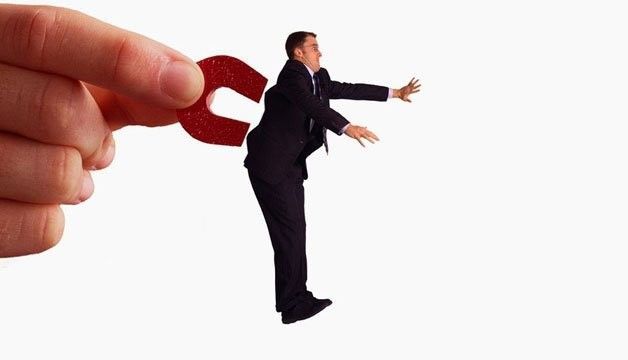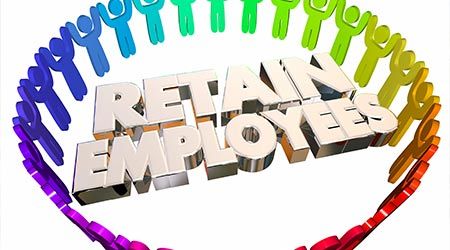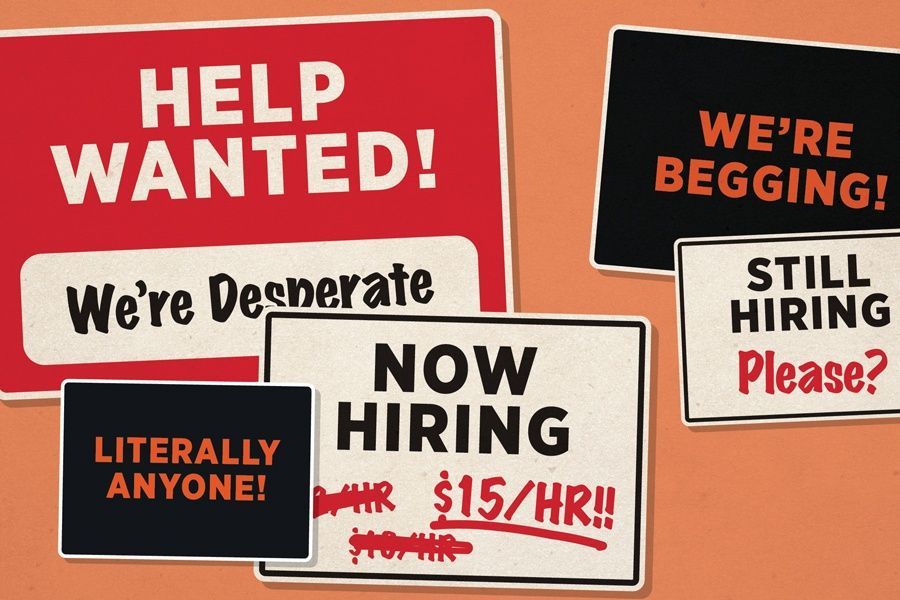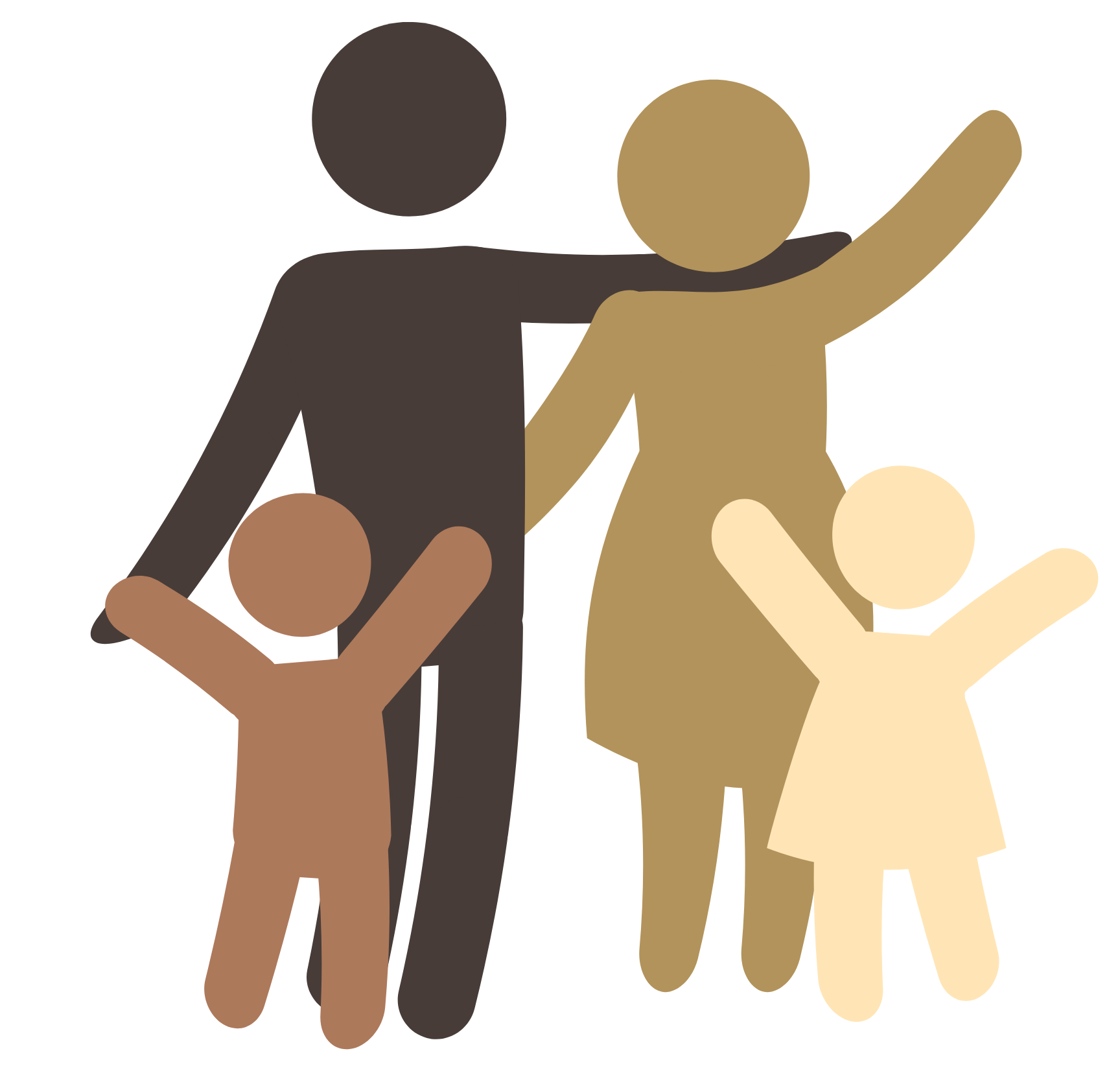January 2015
An Alternative Model of Practice to Control and Punishment:
Personal Responsibility
A true story…
In 1960, due to a number of problem behaviors including running away from home, underage drinking, property vandalism and school truancy, my parents placed me in a “school” for throwaway and/or delinquent kids. I spent the next four years of high school in that facility. I learned how to “play the game,” to not get caught, how to pay for alcohol and get drunk almost every weekend, how to avoid gym and English classes, and disregard adults whose authority I was supposed to obey.
That facility housed 675 adolescent boys in dorms. We wore uniforms (they took away our civilian clothes so we could not run away easily), we had a barbed wire fence that surrounded the campus, and they told us what to do, when to do it and when we did not obey we were punished.
Fast forward four years and I graduated sixth out of a class of 175 and went off to college in Austin, Texas.
The first two years at the University of Texas I was lost. I joined and quit a fraternity. I had been abused enough in high school, I was not willing to voluntarily be abused by a fraternity in the name of brotherhood.
I went on academic probation, almost failing out my first semester and barely hanging on the second semester to not get kicked out. I hung on by meeting the requirement of a 1.0 GPA to not get expelled – I did spend two years on academic probation. I lost apartments, roommates, friends, and myself with no one there to tell me what to do everyday and to punish me. I did not know how to take responsibility for my self because other adults for 22 years always externally tried to control me.
Looking back what I later learned (and can today acknowledge) is that what my parents and the school did was operate on a simple belief – that if you, as the powerful controlling adult, set rules and punish when someone weaker, a.k.a. the child, breaks a rule. That is how you get positive behavioral change. That was and is still a false premise. Change occurs when the individual decides to change and that doesn’t occur under threat of external punishment – it has to be a free-will decision. And when I made that decision, my life changed.
Looking at out-of-home care today in child welfare (residential, group care, foster care), little has changed. Our juvenile justice system and education are no better. We may use “nice words” but the core model of practice is the same today as it was in the 1960s and it doesn’t work with today’s client population any better than it worked in the 1960s. We still use levels, consequences, and threats of loss of items, time, and freedoms to try to change children and adolescents. It didn’t work then and it doesn’t work today.
In the past 10 years, we have had our share of gurus tell us what we are doing is not working and how to achieve better results with these problem children. One says to use a model of sanctuary. So we teach folks to write safety plans on the back of their name badges as evidence we are translating the concept of safety into our culture. Safety is a correct concept but the operationalizing to practice is missing. Staff is no safer in organizations today than they were 50 years ago as we still operate them the same way as always.
Another guru tells us that the problem is delayed brain development. That is true but all it does is simply offer us a comfortable reason that explains their behavior. Again it doesn’t help us change practice.
Yet another guru tells us that his experience working in child psychiatry has taught him these youth have neither the executive functioning skills nor ability to behave differently. Again he offers a reason for their behavior and then tells us to teach those skills but once more it is not operationalized.
One of the most powerful forces in child welfare today is preaching across the U.S. that group and residential care is not achieving its intended outcomes and therefore we need to stop using them. What is true is that out-of-home care has not been successful, but the solution is that the evidence-based service delivery programs we are being told to implement at a direct-service level are not taking hold. They are not changing culture and they are not improving client outcomes for one simple reason – the organizational culture that should be supporting the program changes has not changed and staff will always revert of how the organization is treating them as the true model of practice.
One last example… The federal Children’s Bureau has told states and thus service providers serving public child welfare that we need to (1) use evidence-based practices because what we have been doing is not achieving positive outcomes, and (2) that we need to infuse trauma-informed care into our practice because children coming into out-of-home care have been traumatized. Again, right concept but our response has been to buy a package and try to implement it at a direct-service level and then a year or two later, since our first package didn’t improve outcomes, we buy and implement another new package hoping for improved outcomes.
These gurus in our field of child and adolescent human services are all saying the same thing – what we are doing today, which is exactly what we have been doing for the last 50 years, is not working. We can blame the client – the child – it’s his delayed brain development, it’s her lack of executive functioning skills, it’s their untreated multi-generational trauma, it’s the result of bullying BUT our challenge is to move from blame the client and conceptual ideas to operationalized practice.
How do we do that?
You start with one simple response – Personal Responsibility.
Personal Responsibility means we implement a system of personal responsibility into our practice – first with our staff and then with our clients. The reason we must first implement it with our staff is twofold. First, we must reform how we run our agencies, public and nonprofit, to be a model of how we want our staff to work with our clients. We must change how we manage from one of traditional control and compliance through the use of progressive discipline, threat of punishment of employees “up to and including the possibility of termination,” to a management system that holds employees personally responsible for their decisions and behavior.
What we know about our service deliver system in out-of-home care is we are producing two results:
- Out-of-home care is a direct pipeline to adult prisons
- Out-of-home care results in those that come out of the out-of-home care system becoming homeless, addicted, pregnant, uneducated, and/or a lifetime burden on society
If our current system is producing these negative results then we must become willing to let go of our system that is not working and replace it with a different system.
I will go back to my story. First let me tell you what happened to my graduating class of 175 adolescent males. By the time I finished college 6 years later, ¼ of my class was dead from war, ¼ of my class was in jail, ¼ of my class were addicts and ¼ had survived. A 25% success rate is not something we should be proud of.
What I learned was those who had power over me could tell me what to do and punish me when I did not do what they said. I learned what every bully and rapist knows and does. Get power over those that are weaker and make them do what you want. When they don’t, punish them to force compliance. Our schools, our parenting programs, our human services systems, our juvenile justice system, and our providers today are operating on the same model as they have for the past 50 years. Use power to force compliance today through punishment including restraint and seclusion…. Oh wait, we are not supposed to do that any more so we find new punishments and say we are working to decrease our use of restraint – which is simply external control of another.
What I never learned throughout that process of living in residential care was to become responsible for myself and that I had the ability to make decisions.
So you may be wondering how this Personal Responsibility looks different.
First it has to be an organization’s value – that we as an organization in working with our staff and our clients are committed to operating on a Personal Responsibility model at all levels.
The research on parallel practice tells us that what we do as the organization’s leaders with our employees sets the standard of behavior for how our staff works with clients. One of thousands of examples of this in practice – we tell our staff what to do, how to do it and then when a staff doesn’t do it we first warn, then write-up then write-up again and then put on notice for a period of time then say, “if you do it again you will be terminated.” That’s what we organizationally teach our staff about how to manage those we have power over. They, in turn, follow that model regardless of what evidence-based model we tell them to use. Parallel practice tells us how we are treated by those that have power over us and sets the real standard for how we treat those we have power over.
This is how multi-generational trauma occurs, by the way. And when the organization’s leadership uses words that say how to be different and yet they act the same old way, employees learn that management lies, they are not safe, and therefore the organization is not safe.
Staff will always respond to and follow the behavior, not the words, and make sure they are as safe as they can be in an unsafe organization.
For the last ten years I have been being teaching a personal responsibility model of supervision, Supervision for Success. I did not have the understanding I have today about why doing Supervision for Success is essential for organizational change to occur. Today I know it’s about teaching personal responsibility.
I have taught this model of practice to thousands of supervisors and organizational leaders in hundreds of agencies and can report that few have actually fully implemented it as their organizational practice model. For most it’s been a training event – we did that training so we can check it off. Few, if any have implemented it because if they had the organizational culture would have changed.
In 2015 I will begin teaching a revised Supervision for Success that embeds personal responsibility as its cornerstone so every participant knows not just how to do safe engaged success-focused supervision, but why – because it models with staff personal responsibility. We must make it the practice with staff before we can make it the practice with our clients.
Many of you reading this may be thinking, “We are already doing this.” Here are a few questions that tell you if you are fully implementing:
- Are job descriptions behavior based?
- Have “other duties as assigned” been removed from all job descriptions?
- Have you moved from evaluations for periodic performance reviews
- Has progressive discipline been eliminated?
- Has employee behavior been made the basis for remaining employed?
- Are there behavior-based practice guides for service delivery personal?
- Is there a practice guide for all supervisors on how they supervise?
- Are all new supervisors taught Supervision for Success before they begin their supervisor’s job?
- Are all new employees introduced to Supervision for Success as the way they will be supervised as part of their new employee orientation?
- Are supervisors of supervisors reviewing practice and holding supervisors accountable to practice consistently in this model?
- Is there accountability to supervising this way from the CEO/ED to first line supervisors?
- Does the employee handbook explain to all employees that the agency will define “success” in their job for every employee and provide them the knowledge, skills, and tools they will need to be successful, as well as hold employees personally responsible for deciding to be successful?
- Does the employee handbook state that employees will need to make a decision if they are willing to do what the job requires? The agency respects employees right to make that decision, however if an employee makes the personal decision to not always do what the job requires, the agency will accept that decision as the employee’s resignation. Employees by their behavior, not by their words, determine if they will continue as employees.
These are only a sample of the many ways an agency implements Personal Responsibility with its staff.
Is Personal Responsibility another package we can implement? It is training that you have every supervisor from CEO/ED to first-line supervisor complete, BUT then the group must implement it as a group. You must take shared personal responsibility for maximizing how the organization operates to maximize personal responsibility with staff. This is an organizational not HR strategic goal. Once you have that operating as an organization then you become ready to teach it to staff and have those at a program level take shared personal responsibility for how to maximize it with clients.
It means modifying how we do business, how we work with staff, how we work with clients, and how we define success.
In the last 10 years, I have found the three key barriers keeping agencies from moving to a Personal Responsibility model are (1) the lack of absolute support and modeling by the CEO/ED, (2) Human Resources unwillingness to change their long standing practices, and (3) not providing the training, expert help, and time to make this transformation – it takes several years.
So let me now talk about personal responsibility at a client level. The reason most of our clients came into out-of-home care is they and/or their families did not have the capacity to become personally responsible for their decisions and behavior.
As someone who could not sit still in school (and was repeatedly punished to make me sit still), I grew angrier with adults in power for repeatedly punishing me. I sought ways to get even with them for punishing me for that which I cannot do only made it worse.
As someone who was abused but did not have the words or a safe adult to talk to, I acted out on my anger. What the system did was punish the anger to stop it. That only made me angrier. By the time I was in my early 20’s, I was referred to as “an angry young man” which I was.
We need to stop thinking the way we have for the past 50 years – that all we adults need to do is come up with explanations for why they are behaving the way they are, and we just need new punishments, especially when you take away my ability to simply to restrain and lock up as punishment.
Personal Responsibility is a teaching model first with leadership, then with staff and then with clients that recognize that we need to create safe engaging adults who work with others in an empowerment success-focused model.
This begins with implementing Personal Responsibility as our organizational practice model with staff.
I am also looking for organizations that would like to partner with me to implement this model of Personal Responsibility in their work. The first step would be to share this edition of Leading Outside the Box with all staff and Board and get their buy-in to look at the possibility of operating in a different way organizationally and with clients.
In the August and October 2014 issues of Leading Outside the Box I wrote about the fact that our organizations and staff are traumatized. If you want to implement trauma-informed care with clients as the federal government has mandated, then you must start by treating the organizational trauma that is present. Treating trauma requires a three-pronged approach:
- Reestablishing safety
- Reengaging staff
- Re-empowering staff
Personal Responsibility is a trauma treatment and recovery model that does this. I have talked about using a recovery model in service delivery – the same is true for organizations. We must recover from the trauma we have experienced and change how to operate as an organization so we do not continue the traumatization of staff.
Over the next months I will continue in Leading Outside the Box to expand on how to implement a Personal Responsibility model in child welfare, juvenile justice, education, substance abuse, and behavioral health treatment programs – helping human beings become more successful. To recover from trauma is a recovery model and that means we will experience slips. Slips are not an opportunity to punish but are the teachable moment as we learn to practice in a success-focus.
LEADING FROM OUTSIDE THE BOX is a monthly newsletter for human services leaders.
Its purpose is to challenge your thinking and help you improve organizational and outcome performance.
To receive your copy free, simply email Jeff Bormaster and ask to be added to the mailing list. Feel free to share these newsletters with other human services leaders, simply include the contact information.
You can read previous issues of Leading Outside the Box at www.jeffbormasterconsulting.com/topics
